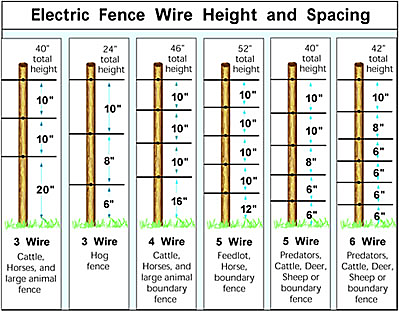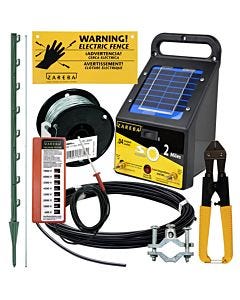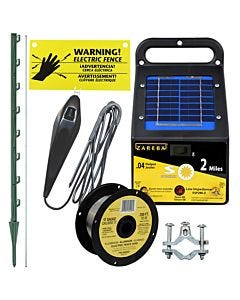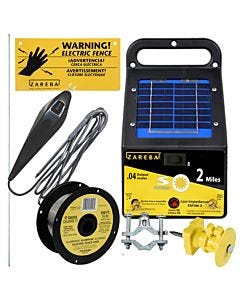Electric Fence for Goats and Sheep

When designing a fence for sheep and goats you should consider:
- The characteristics of the animal (i.e. coat thickness, hooves, behavior)
- If you are keeping animals in and/or keeping predators out
- Type of fence (temporary or semi-permanent/permanent)
Goat Fencing
Goats are one of the most challenging livestock to contain with fencing. They tend to test fences by pushing against them, squeezing between the wires, and jumping over them. In addition, some species of goats have thick coats that insulate them from electric shock. For more information on sheep fence spacing and installation, visit our fence installation guide.
Fence Wire
Fence wire for goats should be closely-spaced, starting low to the ground and placed high enough to prevent jumping over the fence. We recommend using 5 to 6 wires spaced to an overall height of 40” – 46.” High-tensile or T-posts combined with aluminum or steel wire are both excellent fencing options for this purpose. Check out of our fence wire guide for more help on selecting the right fencing option.
Remember: If livestock get their heads between fence wires and receive a shock behind the eyes instead of in front of them, they tend to push into the fence rather than pull out. Proper wire spacing (a hot wire at the animal’s shoulder height) is important to safely contain your animals.
Fence Chargers
To safely contain goats, you need a Zareba® Fence charger that maintains 4,000 – 5,000 volts on the fence line. Voltage levels are impacted by vegetation on the fence line, length of fence, and type of wire.
In some areas, goats may be attacked by predators such as wolves, coyotes, or stray dogs, requiring your fence to also deter predators. A minimum of 5,000 volts on the fence line is required in this situation.
Sheep Fencing
Sheep are relatively easy to contain with an electric fence because they tend to be docile. However, due to the fact wool does not conduct electricity and predators are frequently a problem, they present some unique challenges.
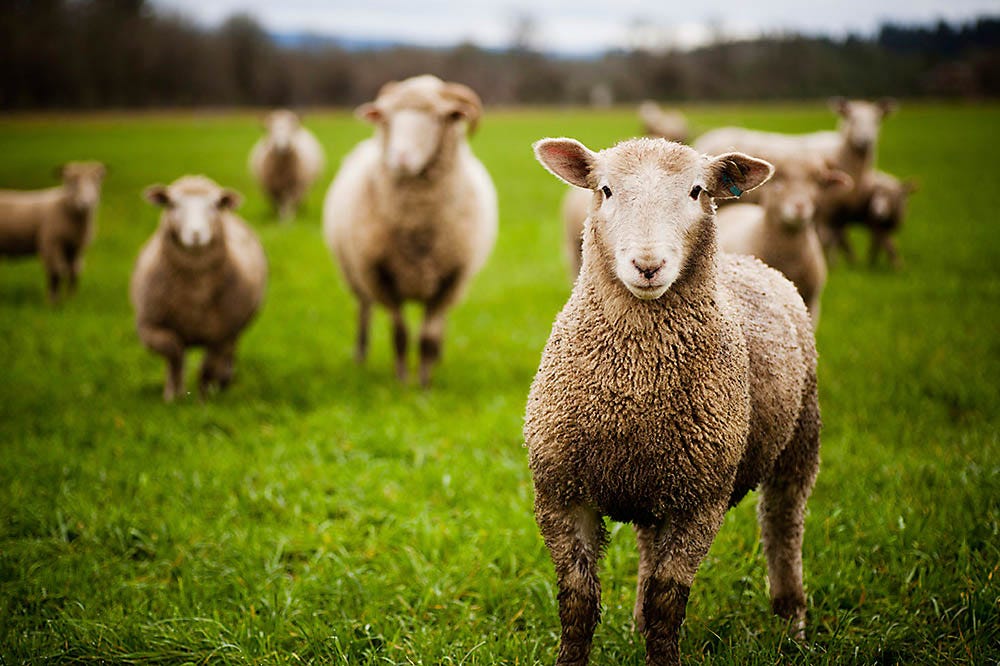
Fence Wire
The number of fence wires used for sheep can vary from 4 to 6 and will depend on these factors:
- Life expectancy of the fence
- Whether you will keep lambs and ewes together
- If predators are a problem
As intense grazers, sheep tend to deplete vegetation in their pasture and frequently attempt to graze outside the fence. Use of rotational grazing methods combined with temporary interior fencing can help to minimize overgrazing. A minimum of 4 wires starting low to the ground and spaced to an overall height of 32” – 40” is recommended for perimeter fencing. T-posts with aluminum wire can be used for this purpose.
Remember: If livestock get their heads between fence wires and receive a shock behind the eyes instead of in front of them, they tend to push into the fence rather than pull out. Proper wire spacing (a hot wire at the animal’s shoulder height) is important to safely contain your animals.
Fence Charger
Sheep require a fence charger that can maintain 4,000 – 5,000 volts on the fence line. Voltage levels are impacted by vegetation on the fence line, length of fence, and type of wire.
In some areas, sheep may be attacked by predators such as wolves, coyotes, or stray dogs, requiring your fence to also deter predators. A minimum of 5,000 volts on the fence line should be used in this case.

